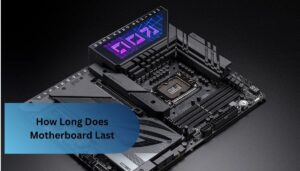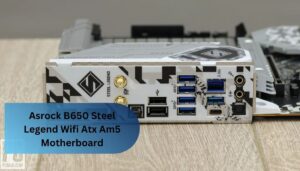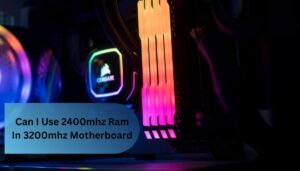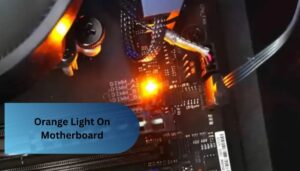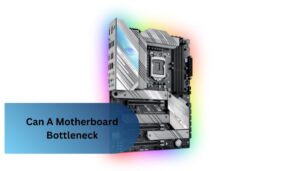Ethernet Port On Motherboard Not Working – Causes And Solutions!
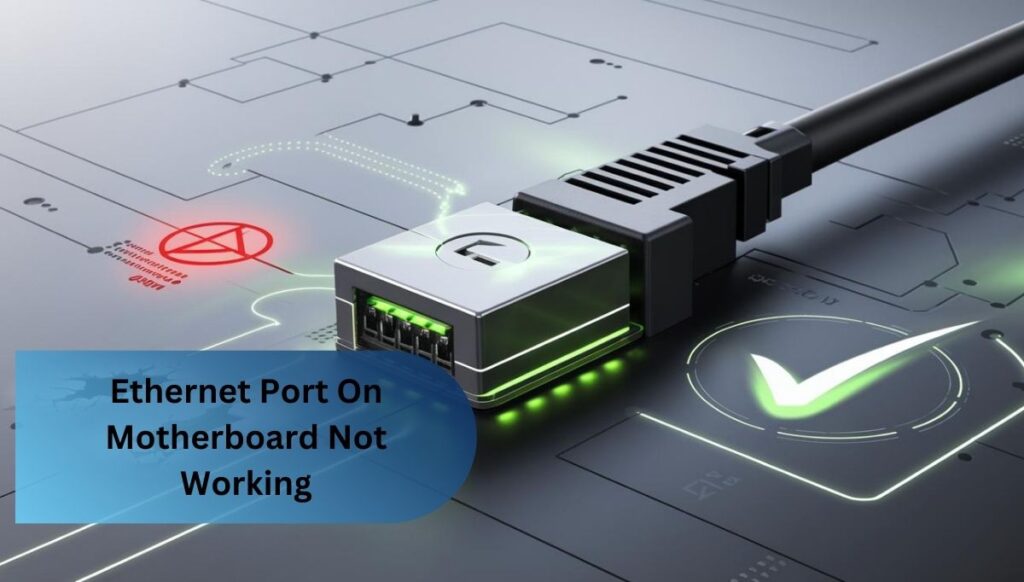
I once had an issue where my Ethernet port suddenly stopped working, and it turned out to be a simple driver update that fixed it. I also checked my BIOS settings, and the port was accidentally disabled after an update. A quick reset and checking the cable solved everything!
If the Ethernet port on your motherboard isn’t working, check the driver, ensure the port is enabled, and inspect the cable for damage. You can also reset network settings or adjust power management. If all else fails, a USB Ethernet adapter can offer a quick fix!
Introduction To Ethernet Port On Motherboard Not Working
When dealing with an ethernet port on motherboard not working, it can be frustrating, especially if you’re relying on a stable wired connection. The ethernet port on motherboard not working issue can be caused by several factors, including outdated drivers, disabled settings, or even a damaged cable.
Sometimes, an ethernet port on motherboard not working could be linked to misconfigurations in the BIOS or power settings. Troubleshooting the ethernet port on motherboard not working involves checking each of these potential issues step by step to restore your internet connection quickly and efficiently.
What Is An Ethernet Port On A Motherboard?
An Ethernet port on a motherboard is a physical connector that allows your computer to access the internet through a wired connection. When you experience an ethernet port on motherboard not working issue, it means the port is unable to establish a proper network connection.
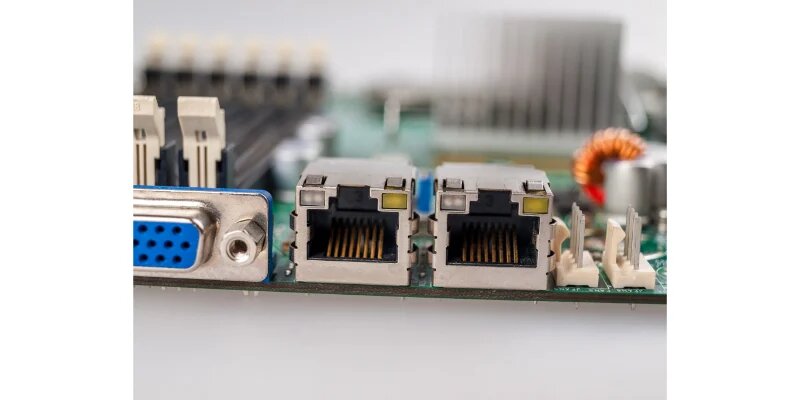
This ethernet port on motherboard not working problem could stem from various causes like outdated drivers, faulty cables, or incorrect settings. The ethernet port on motherboard not working is a common issue that many users face, but with proper troubleshooting, it can often be resolved without needing major repairs.
Key Features Of An Ethernet Port
1. Stable Connection:
A stable connection ensures your internet is consistent and reliable, reducing interruptions during online activities. With a wired setup, you can enjoy smoother browsing, gaming, or streaming without sudden drops in connection quality.
2. Faster Speeds:
- Faster speeds mean quicker downloads, allowing you to get large files without long waits.
- Streaming videos becomes smoother, providing a better viewing experience without buffering.
- Online gaming benefits from reduced lag, giving you a more competitive edge in gameplay.
- A wired connection typically offers higher bandwidth, allowing multiple devices to connect without slowing down.
3. Reliability:
Reliability means that your internet connection consistently works without interruptions or drops. A wired connection usually provides a more dependable experience, especially in busy areas with multiple devices.
Benefits of Fixing a Non-Working Ethernet Port
1. Improved Internet Performance:
Improved internet performance means faster loading times and a smoother online experience. With a stable connection, activities like streaming and gaming become much more enjoyable. You’ll notice fewer delays and better overall responsiveness when browsing the web.
2. Enhanced Security:
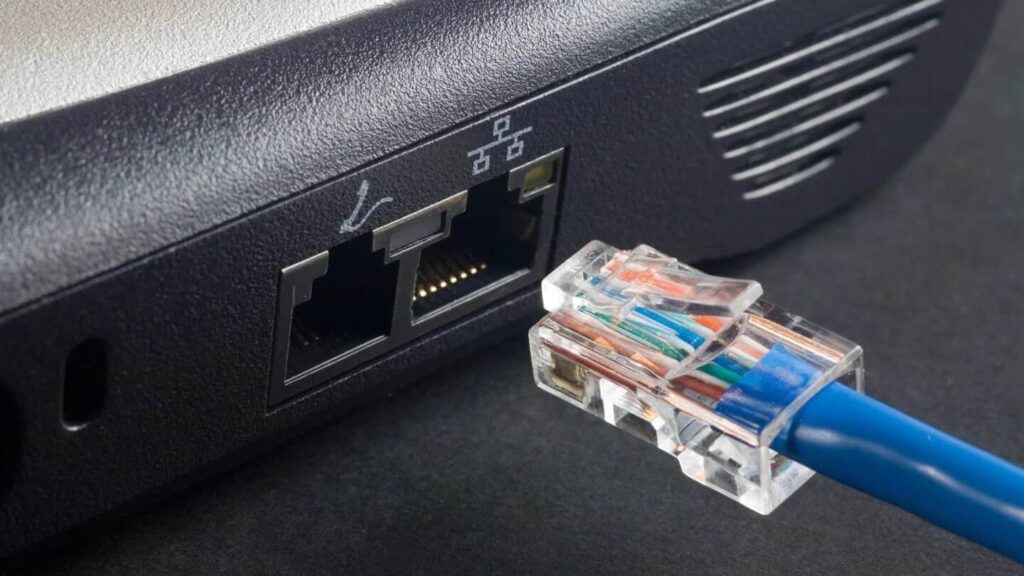
Enhanced security comes from using a wired connection, which is harder for unauthorized users to access compared to Wi-Fi. This helps protect your personal information and reduces the risk of cyber threats.
3. Consistent Connectivity:
- Consistent connectivity ensures your internet stays connected, minimizing interruptions during use.
- A wired connection reduces the risk of signal drops that can happen with wireless networks.
- You can rely on steady performance for important tasks like video calls or online meetings.
- Consistent connectivity allows multiple devices to work simultaneously without slowing down the network.
Causes of a Non-Working Ethernet Port
1. Driver Problems:
Driver problems occur when the software that helps your Ethernet port communicate with the computer is outdated or corrupted. This can lead to the port not functioning properly, causing issues with your internet connection.
2. Disabled Port:
- A disabled port means the Ethernet connection is turned off in your computer’s settings.
- This can happen after system updates or changes in configuration.
- Checking your device manager can help you see if the port is disabled.
- Enabling the port again is usually a simple fix that restores your connection.
3. Damaged Cable or Port:
A damaged cable or port can prevent your Ethernet connection from working correctly. Visible wear or fraying on the cable, or physical damage to the port, can disrupt the flow of data.
How to Fix an Ethernet Port Not Working
To fix an Ethernet port not working, start by checking the cable and port for any visible damage. Next, ensure that the correct drivers are installed and updated. You can also access the settings in your device manager to see if the Ethernet port is enabled. If these steps don’t help, try resetting the network settings on your computer. Often, these simple troubleshooting steps can restore your connection quickly.
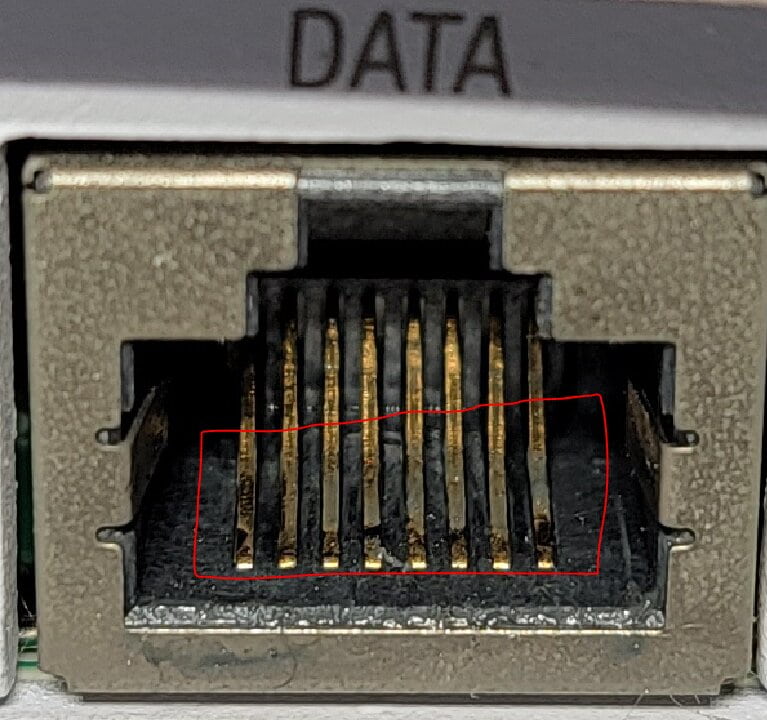
- Inspect the Ethernet cable for frays or breaks, as these can disrupt the connection.
- Update your network drivers to ensure the software is functioning properly.
- Check your device manager to confirm that the Ethernet port is enabled.
- Restart your computer to refresh the network settings and hardware connections.
- Resetting network settings can resolve any lingering configuration issues affecting the port.
FAQ’s
1. How to check if an Ethernet port is damaged?
To check if an Ethernet port is damaged, look for any visible signs like cracks or bent pins on the port. Additionally, try using a different Ethernet cable; if the connection remains unresponsive, it’s likely that the port is not functioning properly.
2. How to update Ethernet driver?
To update the Ethernet driver, start by opening the Device Manager on your computer. Find the Ethernet adapter in the list, then right-click on it and choose “Update driver.” Follow the instructions that appear to automatically search for and install the latest version.
3. What if there is no Ethernet port?
If there is no Ethernet port on your computer, you can use a USB to Ethernet adapter to connect to a wired network. This adapter plugs into a USB port and provides an Ethernet connection for better internet access.
4. How to tell if motherboard Ethernet port is bad?
To determine if the motherboard Ethernet port is bad, try connecting a different cable and see if the connection works. If the new cable doesn’t help, you may notice physical damage to the port or persistent connectivity issues.
5. How to troubleshoot an Ethernet port?
To troubleshoot an Ethernet port, start by checking the cable and making sure it’s securely connected to both the port and the router. If that doesn’t resolve the issue, try restarting your computer and checking the device settings to ensure the port is enabled.
Conclusion:
When the Ethernet port on your motherboard isn’t working, it can disrupt your internet connection and online activities. By checking for common issues like damaged cables, driver problems, or disabled settings, you can often find a solution.
Taking these simple steps can help restore your connection and ensure a smoother online experience.
